Kristine Lin 25523003
The objects which are far away from the camera do not vary their position significantly when the camera moves around while keeping the optical axis direction unchanged. The nearby objects, on the other hand, vary their position significantly across images. Averaging all the images in the grid without any shifting will produce an image which is sharp around the far-away objects but blurry around the nearby ones. Similarly, shifting the images and averaging allows one to focus on object at different depths.
In this part, I averaged all the images. Because the objects further away do not change their position significantly, this causes the further objects to be more in focus. Since the objects closer would vary in their position, averaging blurrs the nearby objects.
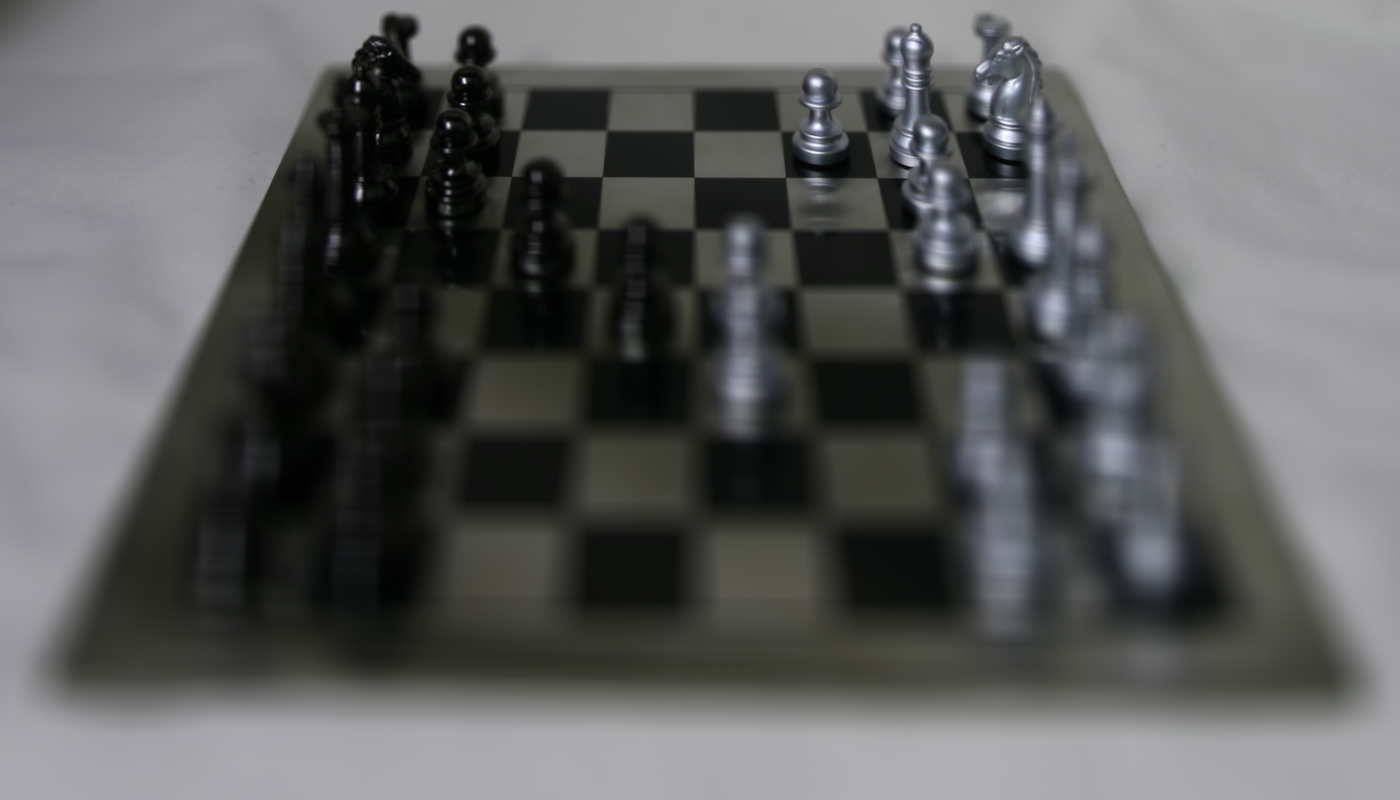
To refocus the image elsewhere, I shifted all the images to align using offsets. To have the image be focused on different areas of the image, I would take a set fraction of the offsets before shifting the images. The lower the fraction, the further back the focus becomes. Then, the shifted images are averaged together to produced the following images.
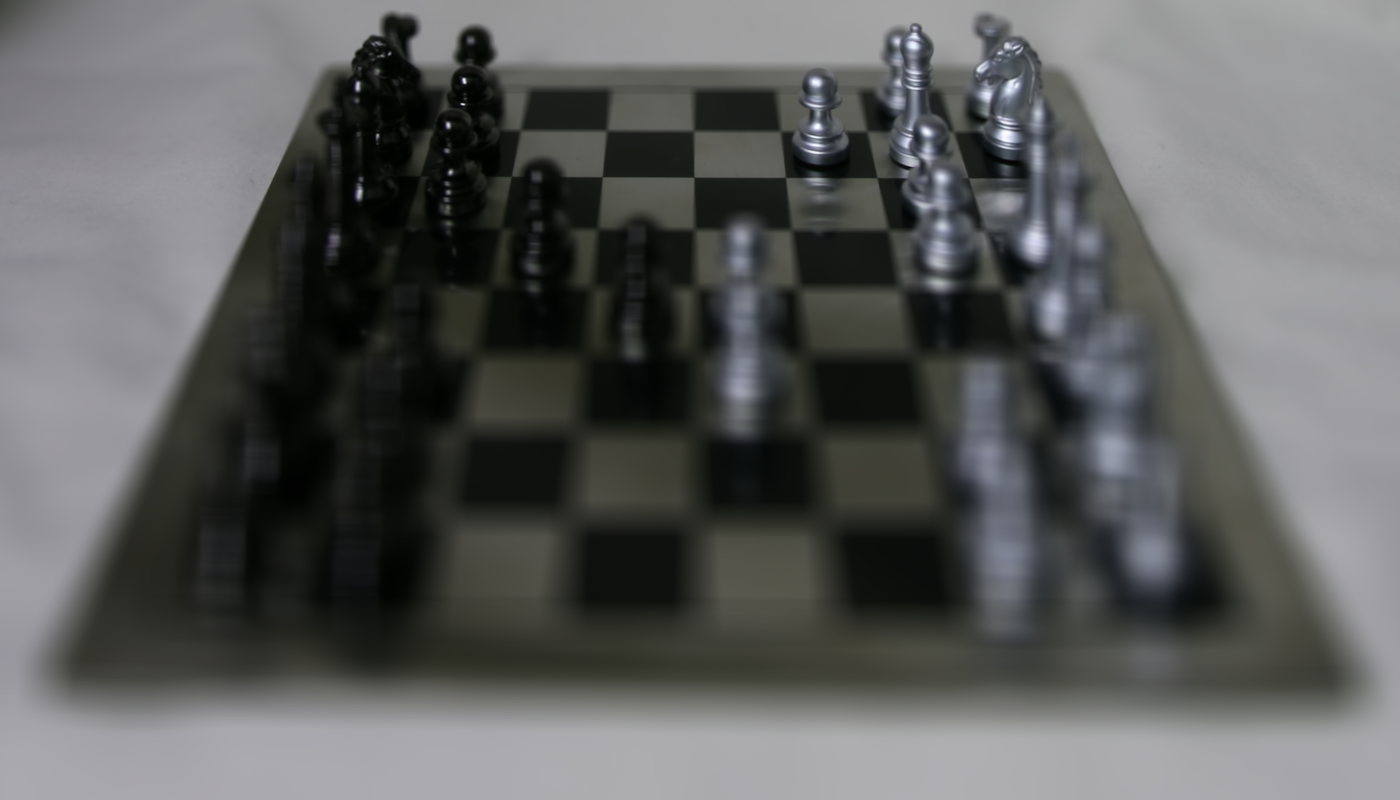
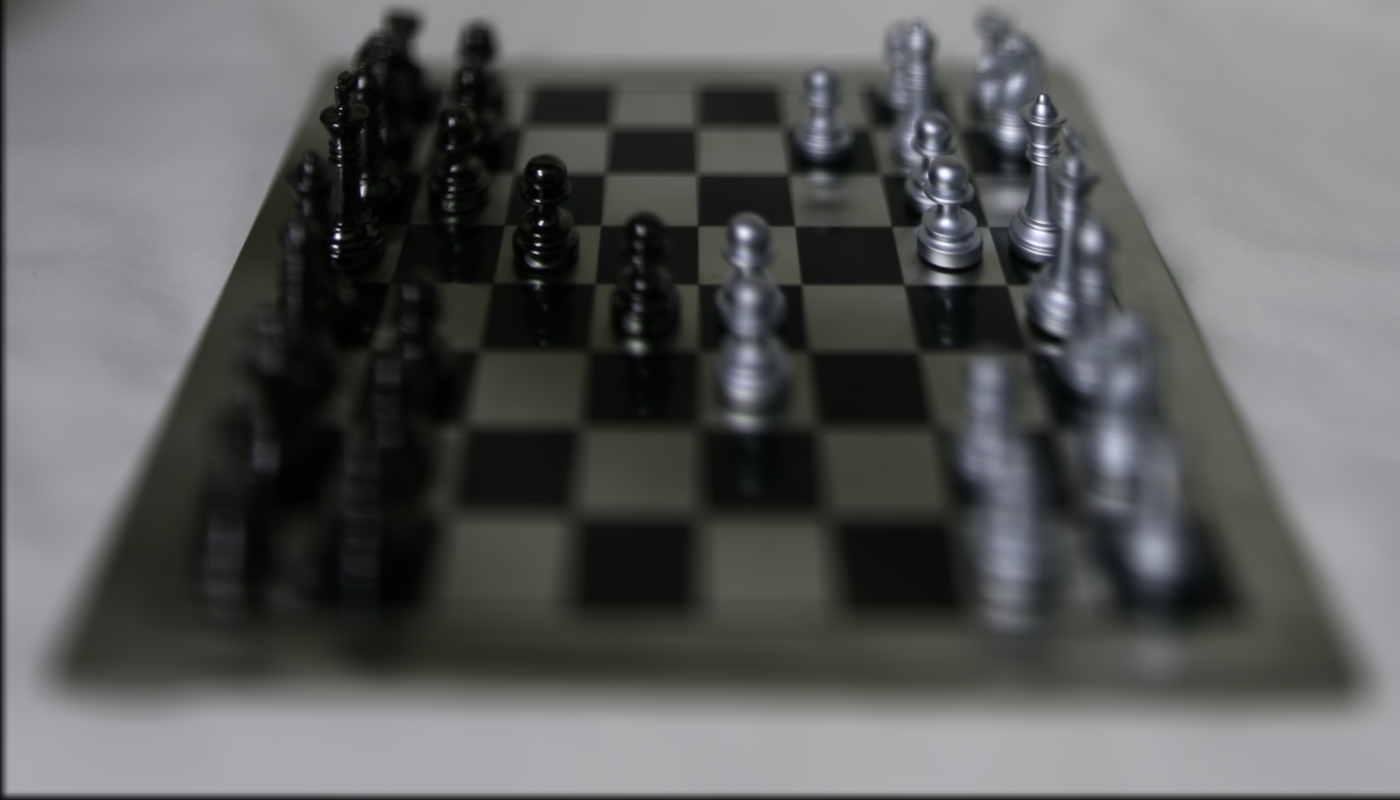
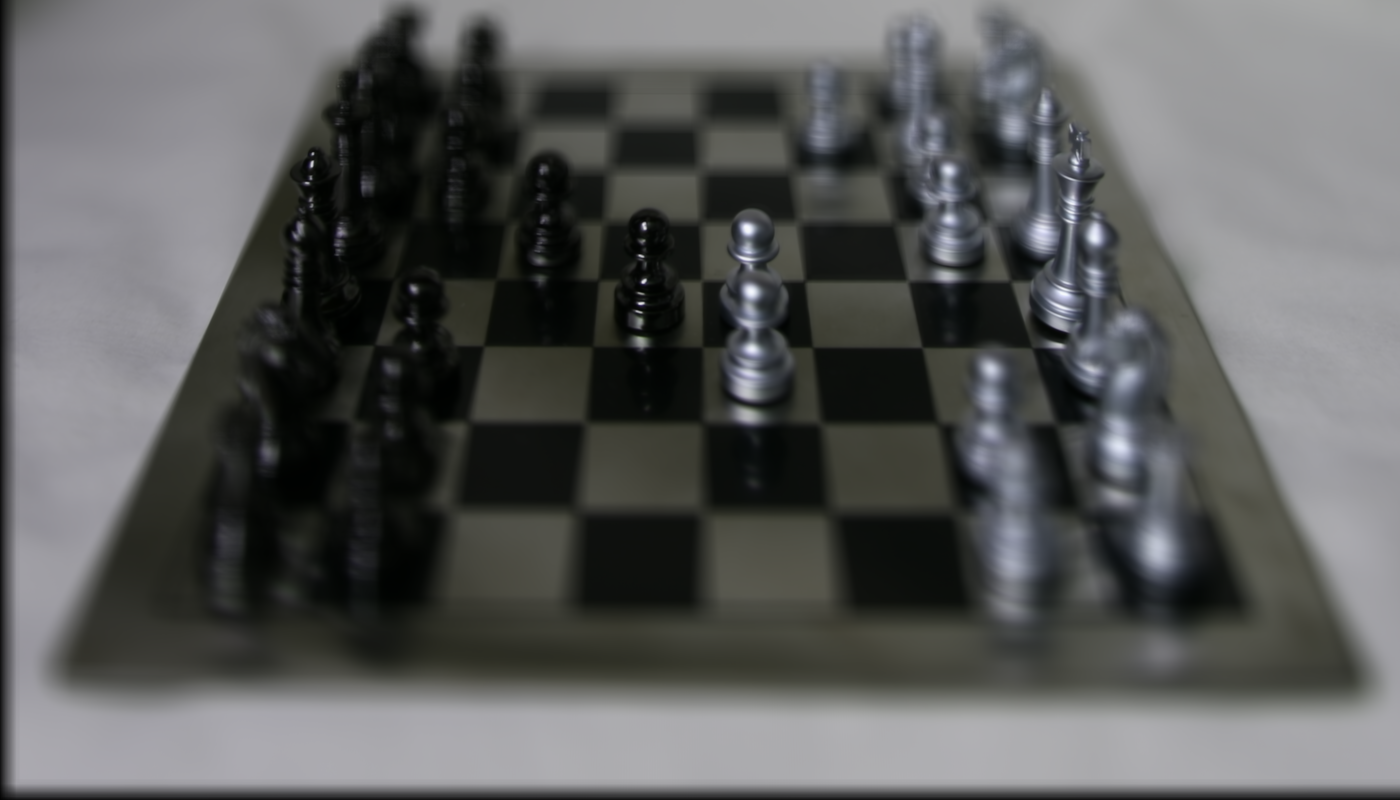
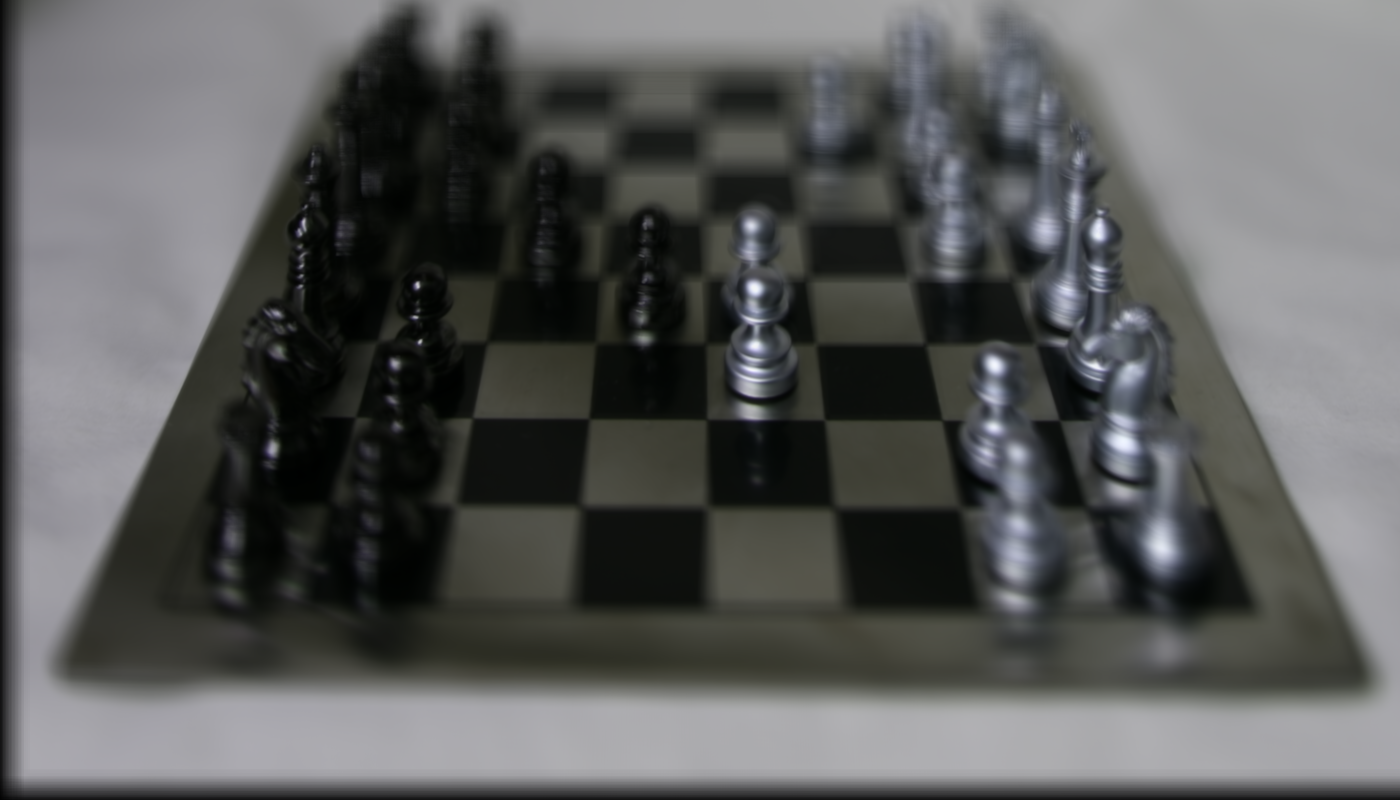
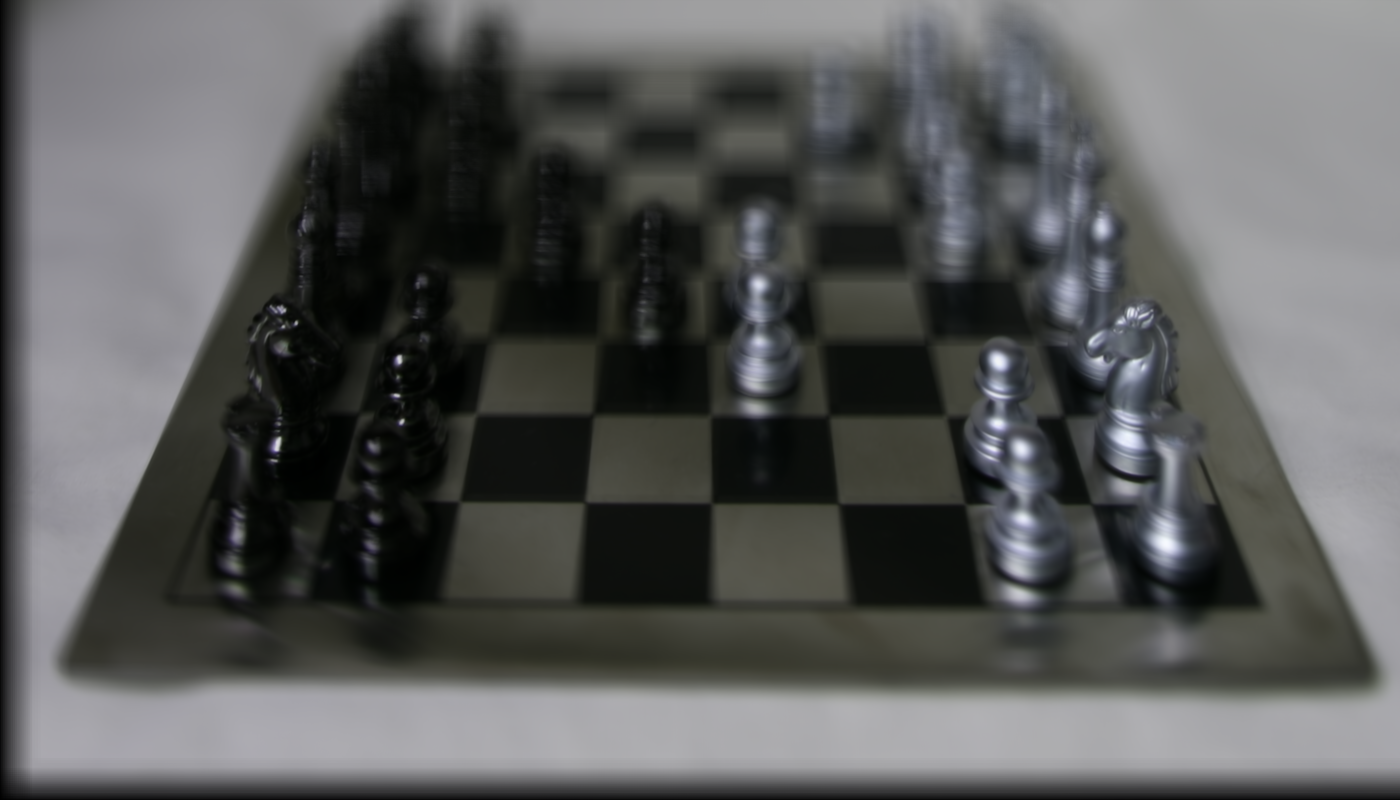
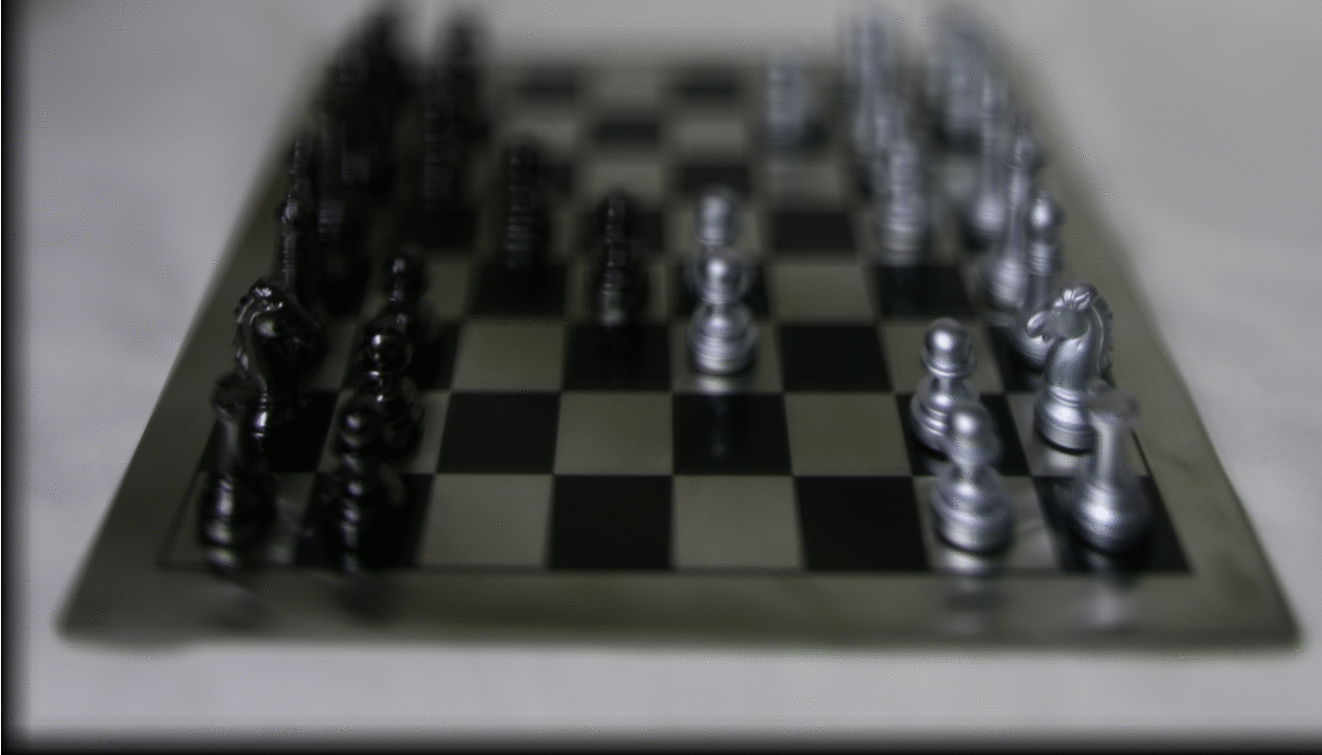
Averaging a large number of images sampled over the grid perpendicular to the optical axis mimics a camera with a much larger aperture. Aperture has a direct impact on the depth of field, which determines how much of the image would appear sharp. A large aperture would bring only part of the image into focus, while a smaller aperture would bring more objects into focus. By averaging more images together, this would create an illusion of a larger aperture. Therefore, by averaging fewer images together, this would mimic a smaller aperture. During this part, I selected images that were closer aligned to the center of the image (8 ,8) and continuously added images that had a similar shift. I would have the images shifted with a fraction of .5 so that the focus of the image would be at the center. The larger the aperture goes, the more images I added.
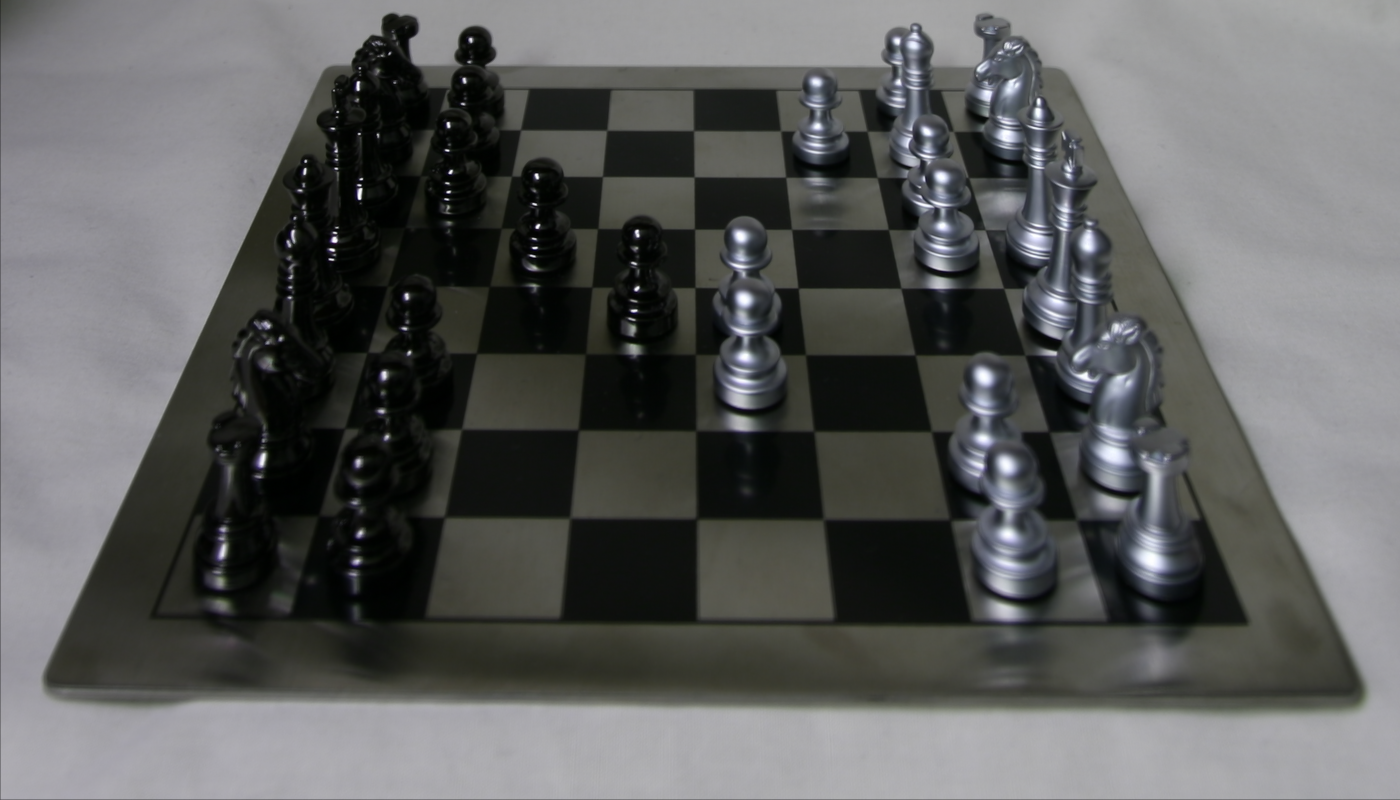
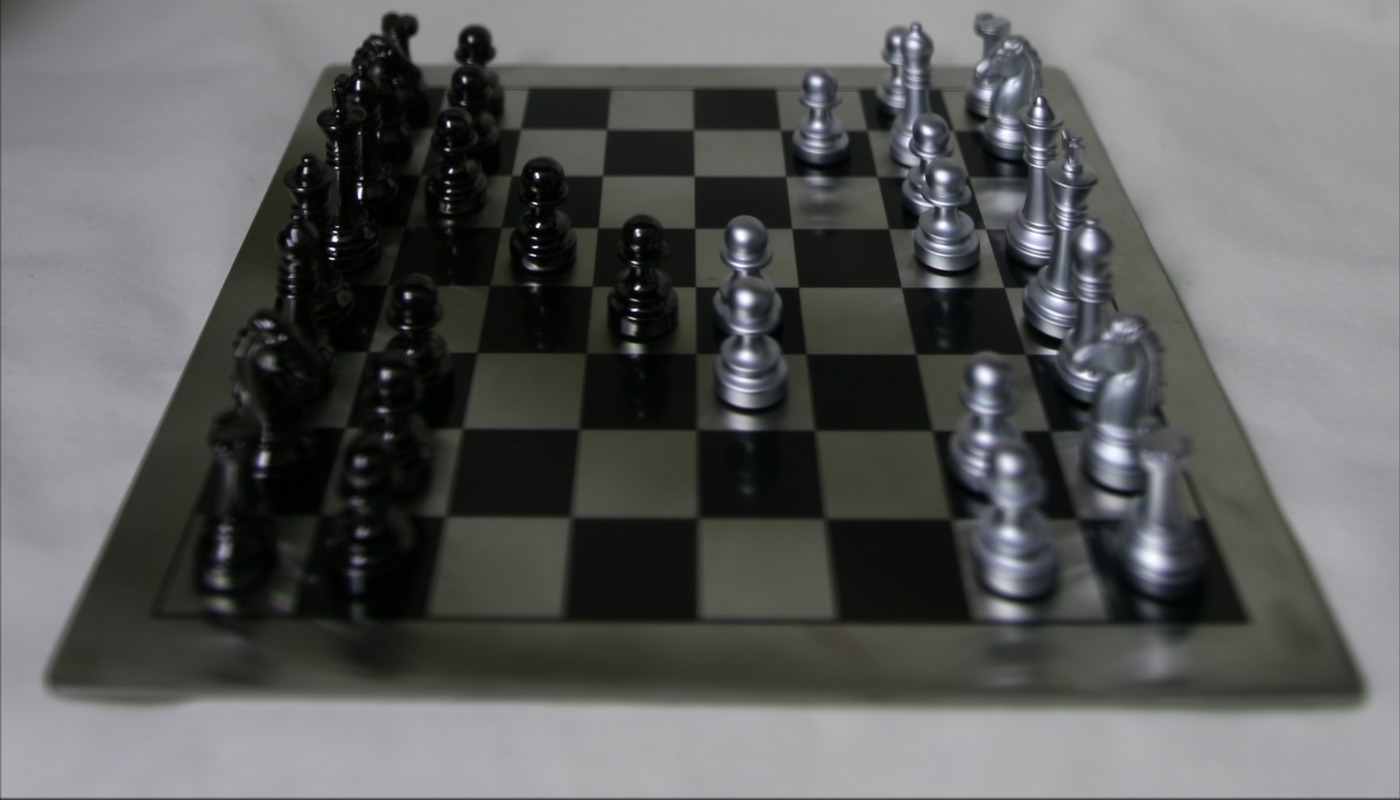
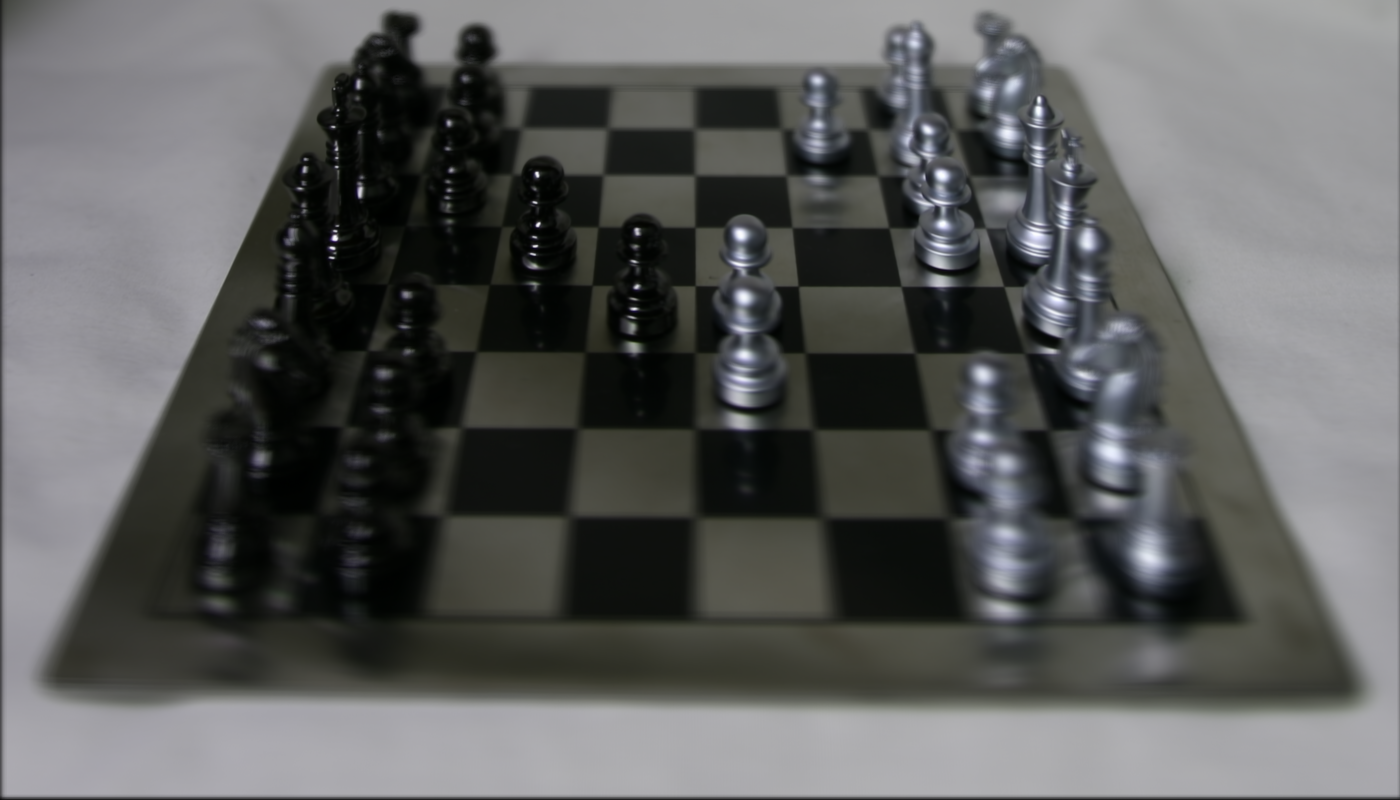
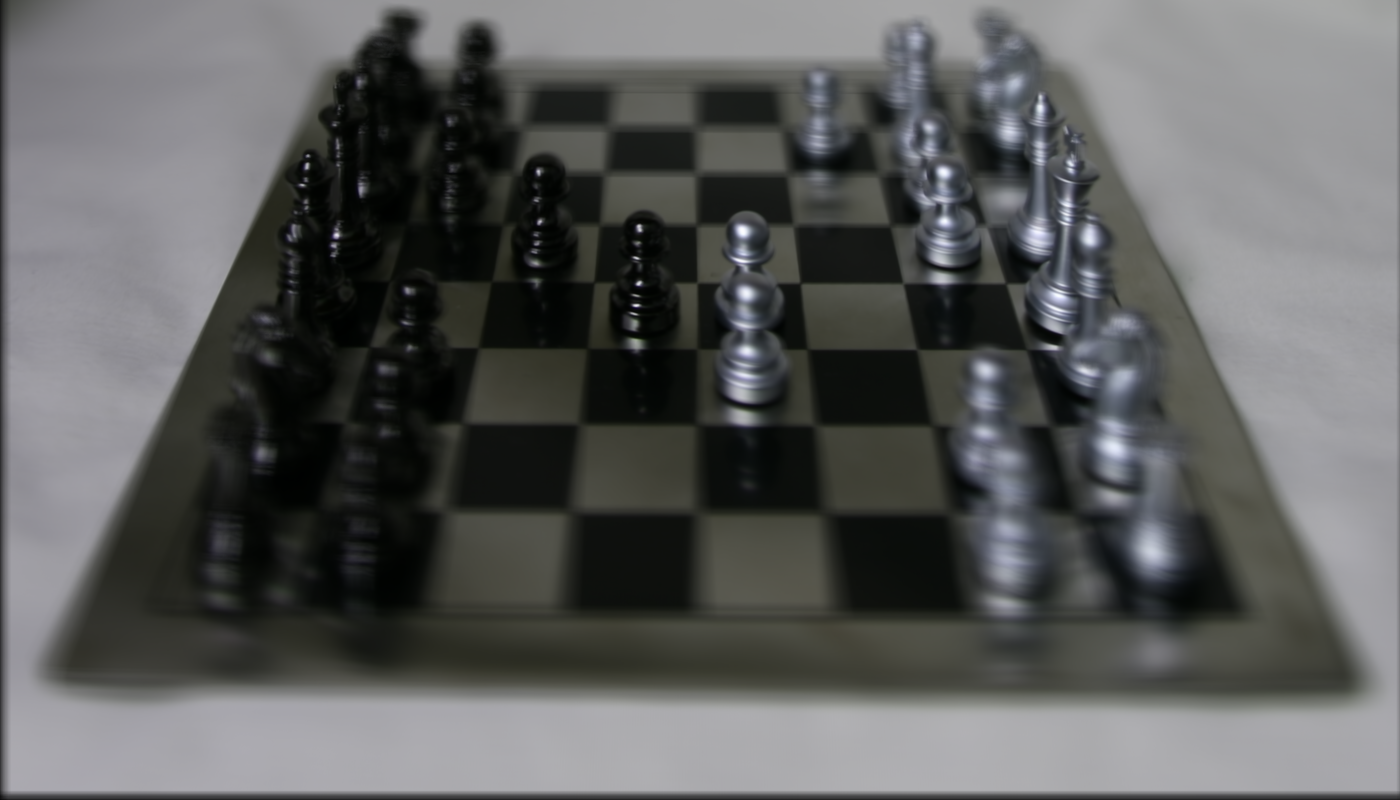


I thought it was really cool to see how averaging images in different ways can affect the resulting images. It definitely made me think about composition of photos differently and how depth and aperature can help drastically change the effect an images has on the viewer.